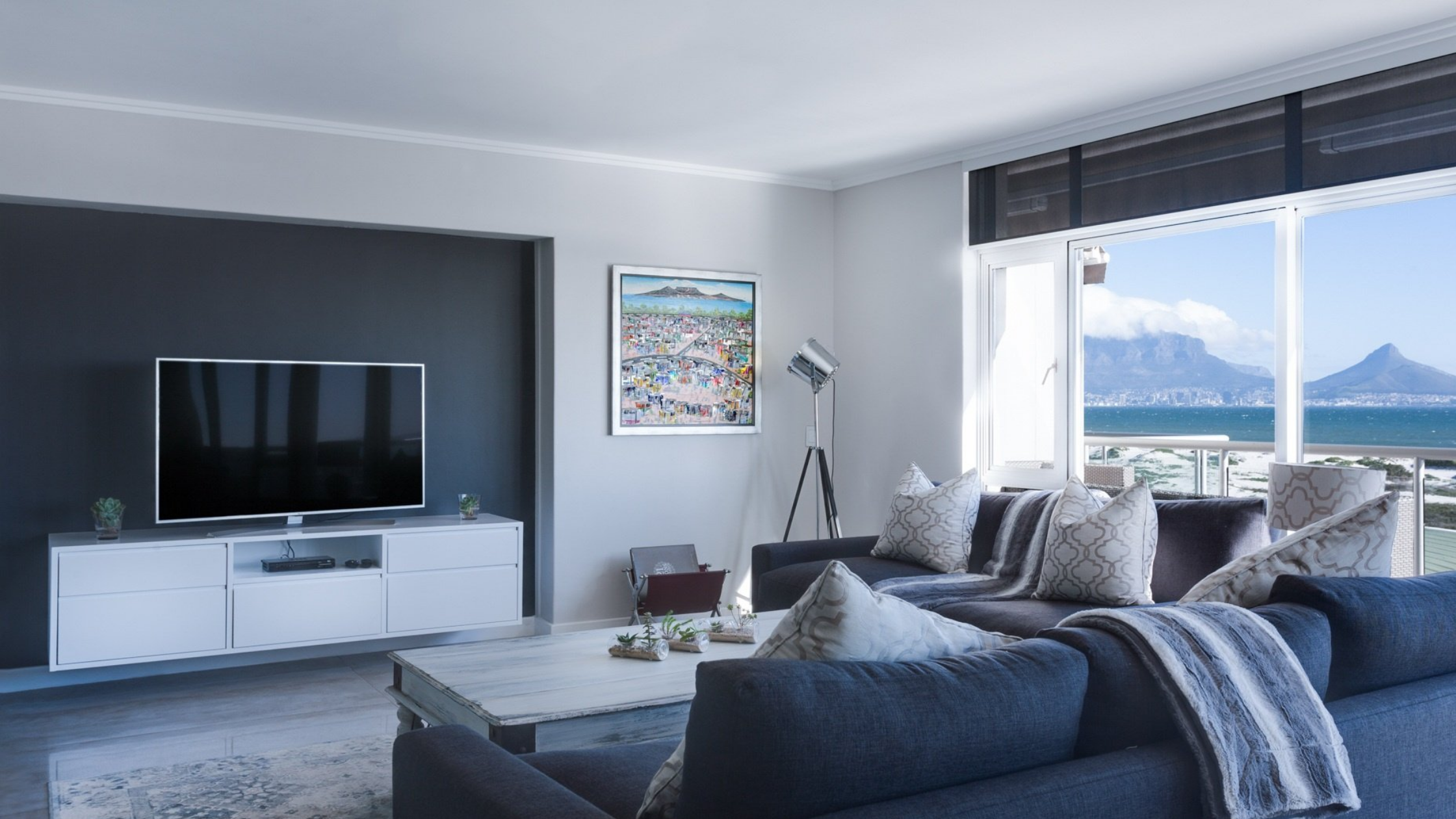The drive belt is one of the most important parts of an automobile that connects the alternator, power steering, air conditioning, and other critical components to the crankshaft. The crankshaft is an engine component that supplies power to the alternator. In some vehicles, the crankshaft may also power the water pump.
Because of the heat generated by the engine, the drive belt will wear and tear over time. The belt will eventually snap, making steering impossible. Breakage of the drive belt can cause the engine to overheat in automobiles where the water pump is also controlled by the crankshaft, which can lead to major problems with your vehicle. It is recommended to use V belt from boodmo.com
You can safeguard your automobile from major damage and save money on repairs by regularly maintaining the drive belt, one of the most important auto parts.
There are a few basic maintenance guidelines you should be aware of if you want to extend the life of your car’s serpentine belt.
The serpentine belt’s exact placement may differ depending on the vehicle. The belt is usually situated around the front of the engine in most autos. Always ensure the automobile is turned off and cooled down before examining the belt.
Mechanics would often inspect the belt to verify there is no severe damage. However, testing it yourself is rather simple.
If the belt comes loose, your car may not start, or essential components may lose power.
The tensioner controls the amount of tension applied to the belt to ensure that it remains on the pulleys. The belt might slip off the pulleys if the tension is too slack, causing the belt-powered components to lose power.
It’s time to replace the belt if there are more than three cracks in a one-inch span. A single belt typically lasts 60,000-100,000 kilometers. Belts do not need to be replaced frequently unless they are worn out or damaged. They are crucial for keeping the automotive engine active.
Make sure you know how to identify if your belt is about to snap. If you see any of the following warning indicators, you should contact a mechanic or inspect your belt:
It is not feasible to repair a worn or broken belt. You should replace the belt rather than try to fix it. If you’re not sure what’s going on under the hood, you should seek the assistance of a technician.
If you wish to try changing the belt, use the procedures below as a basic reference. (Keep in mind that each vehicle is unique, and changing the belt on some vehicles may necessitate the use of specialised equipment.) It should just take around 15 minutes to change the belt.
Keep the hood open after replacing the belt, and try starting your automobile to ensure that all components have power. Check that the belt is correctly spinning on the pulleys. Check your routing diagram to confirm you’ve routed the belt appropriately if there are any concerns.
Even while replacing the belt is a reasonably straightforward component of car maintenance, if you have any concerns about the installation, call a specialist. An incorrectly placed belt might create severe issues with your vehicle. Therefore, it is vital to ensure that the belt has been installed perfectly. One can refer to the official website of Boodmo to purchase the perfect drive belt for their car.



